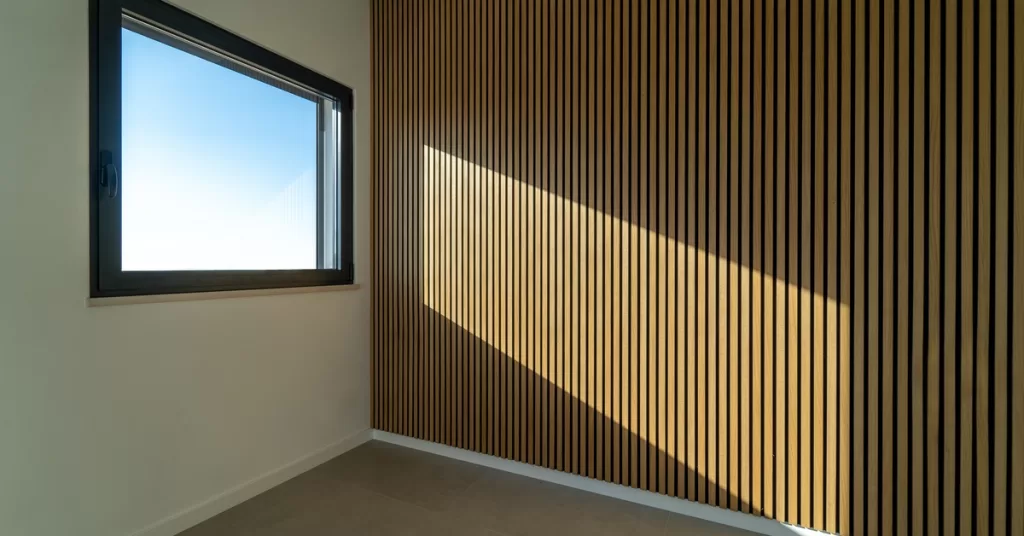How To Equip Your Home for Multigenerational Living

When designing a multigenerational home, it’s important to consider the unique needs of each family member. Older adults may need more accessible spaces, while younger family members might require areas for play and study. Seniors might need features like grab bars and non-slip floors, while teenagers expect quiet areas to decompress.
Learning how to equip your home for multigenerational living before you put any plan into action is key to making it work. Whether you live in a single-family home or are considering an accessory dwelling unit (ADU), these strategies can help.
Design Adaptive and Flexible Spaces
One of the key features of a well-designed home is its adaptability to changing needs over time. As family dynamics shift, spaces should be versatile enough to accommodate different functions. For example, a guest bedroom can seamlessly transform into an office, playroom, or even a caregiver’s retreat with the use of adjustable furniture. It’s a practical way to maximize space and guarantee that every occupant has a comfortable, functional area to call their own without requiring major renovations.
An open-concept design, though, offers another layer of flexibility. You can separate spaces with clever design choices like partitions, bookshelves, or curtains. Additionally, incorporating movable walls or sliding doors provides further options for separate zones for work, relaxation, or family time. These adaptable elements ensure everyone has the necessary privacy while feeling like they’re part of the family dynamic.
Renovate for Multigenerational Living
Renovating your home for multigenerational living means prioritizing accessibility and inclusivity. Wider doorways, ramps, and stair lifts can make it easier for everyone to get around. Bathrooms are another area where updates like barrier-free showers or grab bars are essential for mobility and safety.
The kitchen is often considered the heart of the home, so make sure it’s functional for all generations. Add lots of counter space, separate work zones, and energy-efficient appliances. If your house has a lot of people, consider adding extra bathrooms or utility spaces. Small updates like non-slip flooring and smart storage solutions go a long way toward maximizing usability.
Utilize Accessory Dwelling Units

If you have a larger lot or live in an area with flexible zoning laws, an accessory dwelling unit might be something to consider. These small, self-contained units act as extensions of a main home, typically offering a private space with a bedroom, bathroom, and kitchen. ADUs are perfect for grandparents or adult children, giving them the privacy they need while still being close by.
Not only are ADUs practical, they can also increase your home’s overall value. They offer long-term flexibility, whether you need additional living space, a rental opportunity, or a dedicated area for a caregiver. With thoughtful design, an ADU can become a valuable asset to your home and lifestyle. Working with a contractor who understands the regulations regarding these units can help you avoid issues. In addition to being practical.
Integrate Smart Home Technology
Smart home technology can make multigenerational living simpler. Devices like voice-activated assistants, video doorbells, and remote-controlled lighting streamline everyday tasks. Seniors, for example, gain more independence, allowing them to control the thermostat from different parts of the house or adjust the lighting without needing to get up from their seat. This adds convenience and boosts comfort, especially for those with mobility challenges.
In addition, smart home technology enhances family communication and coordination. Shared calendars, messaging systems, and family hubs keep everyone on the same page about schedules, appointments, and important events. Whether it’s setting reminders for medication or organizing family activities, these tools streamline daily routines, ensuring that nothing falls through the cracks.
Apply Universal Design Principles
Universal design is about making your home work for individuals of all ages and abilities. For the bathrooms, this could mean adding roll-in showers, handheld showerheads, and adjustable vanities to improve accessibility. And in the kitchen, adjustable countertops and pull-out shelves make everyday tasks easier for everyone.
Designing with universal concepts in mind not only helps make your home more accessible now, it also considers your future needs. These thoughtful updates allow your home to evolve as your family’s requirements change, making it a more inclusive and comfortable space for all.
Implement Soundproofing and Noise Control

Soundproofing plays a key role in maintaining peace and harmony in a multigenerational home. With different schedules and activities, noise can become a source of frustration, whether it’s late-night movies or early-morning energy from kids. To minimize distractions, start by adding acoustic panels.
Acoustic panels absorb sound and prevent it from traveling through walls. That way, if you have a late-night Zoom call or need a quiet space to work any time of the day, these panels can keep the noise contained. Upgrading to insulated windows and doors and bringing in area rugs can further reduce noise transfer.
Collaborate With Contractors
Renovating your home to appease multiple parties can be overwhelming, especially when weighing the needs of everyone in a household. However, working with experienced design and remodel contractors simplifies the process. They know the ins and outs of zoning laws, spatial planning, and the best materials to use, so you won’t waste time figuring it out yourself.
With their proven expertise, they can help you avoid common pitfalls and guarantee that your renovation or addition is done efficiently, on time, and within budget. In short, having a professional by your side means you’re getting a well-executed plan and peace of mind throughout the process. Their experience allows you to achieve the best possible outcome for your home, making sure it’s both functional and enjoyable for everyone in the family.
Build a Home That Adapts to You
When designing a multigenerational home—whether it’s an entirely new build or a remodel of an existing property—the key is to prioritize versatility. By creating adaptable spaces that serve multiple functions, your home can accommodate everyone from children to seniors. Thoughtful design choices, such as multifunctional rooms and accessible features, maintain a balance between privacy and shared space, offering comfort and convenience for all generations.
At Distinctive Design Remodeling, we specialize in transforming homes to meet specific needs. Our team knows exactly how to equip your home for multigenerational living, guaranteeing that each space is designed for comfort, privacy, and accessibility. Whether you’re reconfiguring your current layout or adding an ADU, we’ll work with you to create a personalized plan that pleases everyone in your household. From the initial design to the finishing touches, we’re here to guide you every step of the way.
